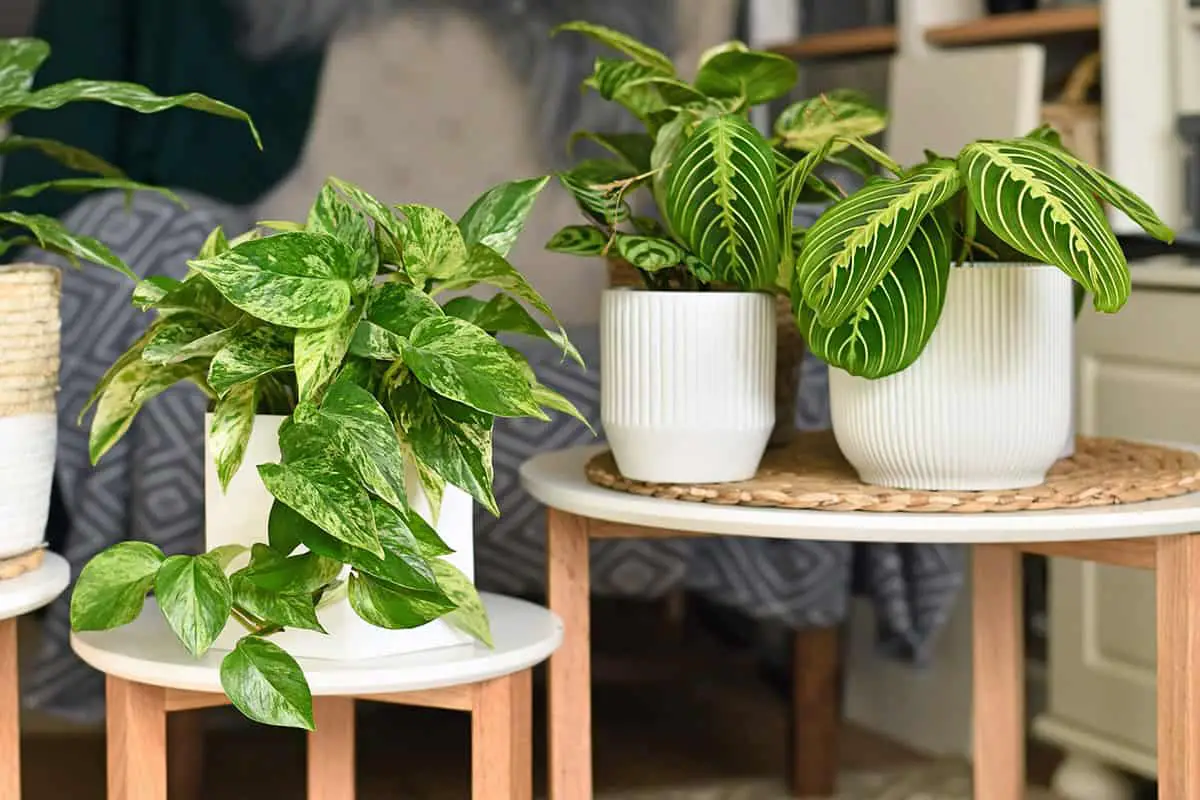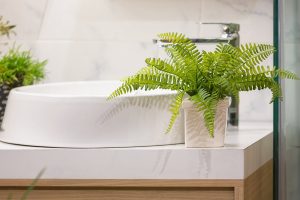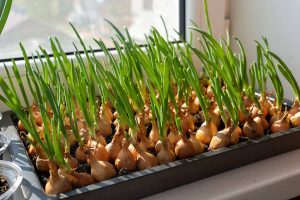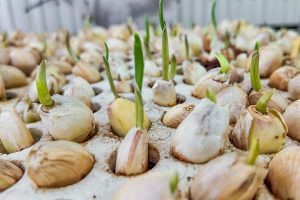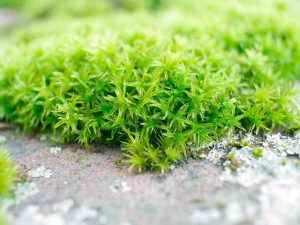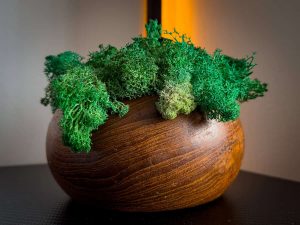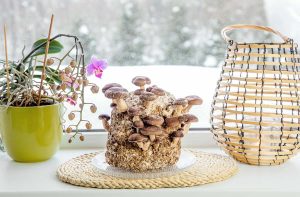You receive a peace lily as a housewarming gift and wonder if it has a deeper meaning. Many common houseplants carry unique symbolism that can add an extra layer of significance to your home decor. Find out the symbolic meanings behind popular houseplants to select the perfect plants for your home or as special gifts.
Table of Contents
Peace Lily

The Peace Lily holds a unique place among houseplants. Its white, spoon-shaped flowers symbolize purity and tranquility. This plant, with its glossy green leaves, often graces homes and offices. It can grow between 1 and 4 feet tall, fitting well in indoor spaces.
You may notice Peace Lilies in low-light areas. They thrive in such conditions, symbolizing hope in challenging situations. This plant cleans the air you breathe. It removes toxins successfully, promoting a healthier environment for you.
Care for these plants is straightforward. Keep the soil moist but not waterlogged. Avoid direct sunlight to prevent leaf burn. The Peace Lily’s ability to flourish with minimal care makes it a symbol of resilience.
Remember, despite its friendly look, the Peace Lily can cause discomfort if ingested. It may lead to a burning sensation in the mouth or throat. When you keep this plant, ensure that pets and children stay safe.
Snake Plant

The Snake Plant, a resilient choice, decorates many homes. This plant stands tall with upright leaves, offering a striking vertical presence. Its leaves have green and yellow variegation, symbolizing nature and freshness in your space.
Sansevieria, the scientific family to which it belongs, is linked to strength due to its hardy nature. You can appreciate the Snake Plant for its air-purifying qualities. It converts carbon dioxide to oxygen at night.
In feng shui, the Snake Plant brings protective energy. It’s believed to shield your home from negative influences. This plant fits well in corners, acting as a natural guardian.
Caring for your Snake Plant is simple. It thrives in indirect light and requires minimal water. This ease of maintenance makes it represent simplicity and endurance in your daily life. Its resilience means less worry for you.
Spider Plant

When you bring a spider plant into your home, you’re not just adding a touch of greenery. This houseplant carries symbolic meaning. The spider plant’s lush, arching leaves symbolize protection and good fortune. Often found in hanging baskets, they also represent freedom and uninhibited growth.
Gardeners favor the spider plant for its resilience. You can grow it in a variety of conditions, from bright indirect light to shades. Its adaptability suggests that you too can thrive in different environments. The spider plant produces small plantlets, reflecting the theme of fertility and abundance.
You’ll appreciate its minimal care requirements. The spider plant symbolizes simplicity and ease. Because it’s tolerant of neglect, it serves as a reminder that sometimes less is more. This houseplant suits your busy life, providing beauty without demanding much in return.
| Symbolic Meaning | Spider Plant Characteristic |
|---|---|
| Protection | Lush, arching leaves |
| Good Fortune | Vibrancy and growth |
| Freedom and Growth | Growth in hanging baskets |
| Resilience | Survives in a range of conditions |
| Fertility and Abundance | Produces many small plantlets |
| Simplicity and Ease | Low maintenance, easy to care for |
These qualities make the spider plant a meaningful gift. When you choose one for a friend or family member, it’s as if you’re wishing them resilience and prosperity. The spider plant adds not only aesthetic appeal but also a rich tapestry of symbolism to your living space.
Aloe Vera
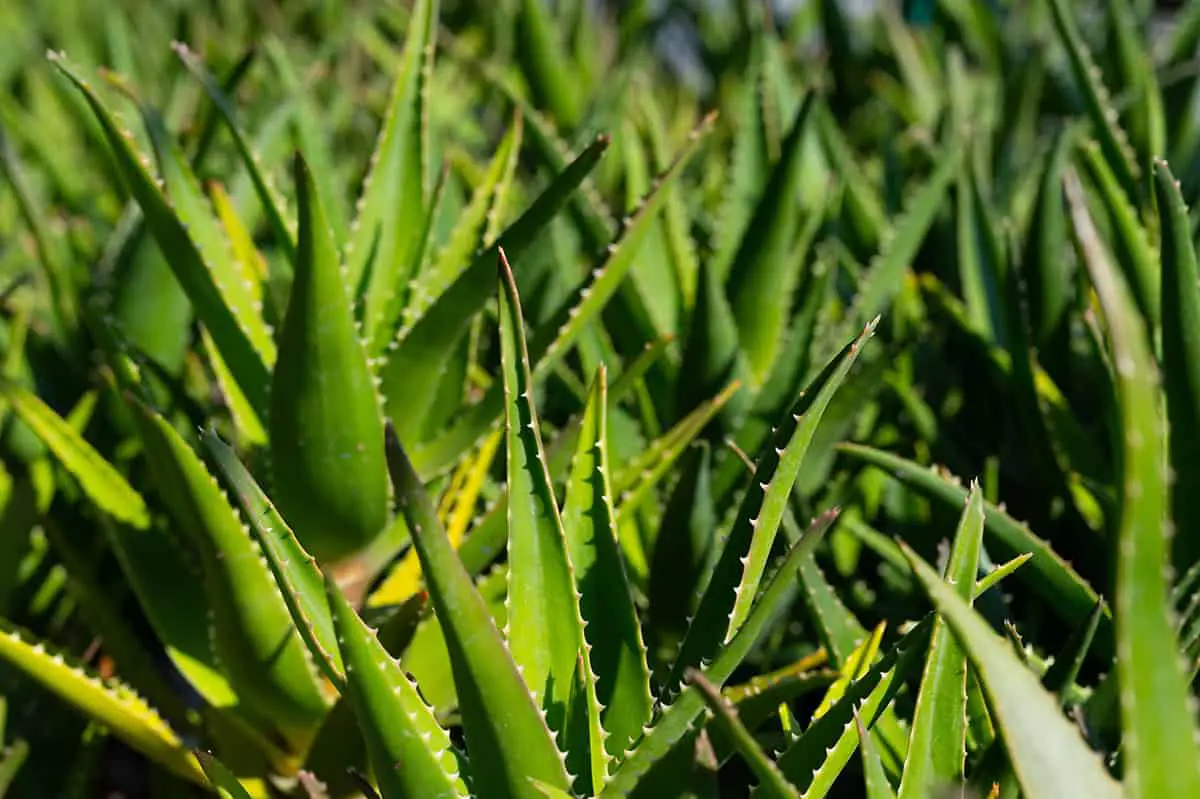
Aloe Vera serves as a symbol of healing and protection. You may find this plant in many homes, valued for both its soothing gel and enduring nature. As a keeper of Aloe Vera, you embrace a tradition that spans various cultures and history.
Regarded as a plant of immortality in ancient Egypt, Aloe Vera held great spiritual significance. Your plant connects you to a heritage of honorable mentions from Greek scientists to Arabian traders.
Jade Plant
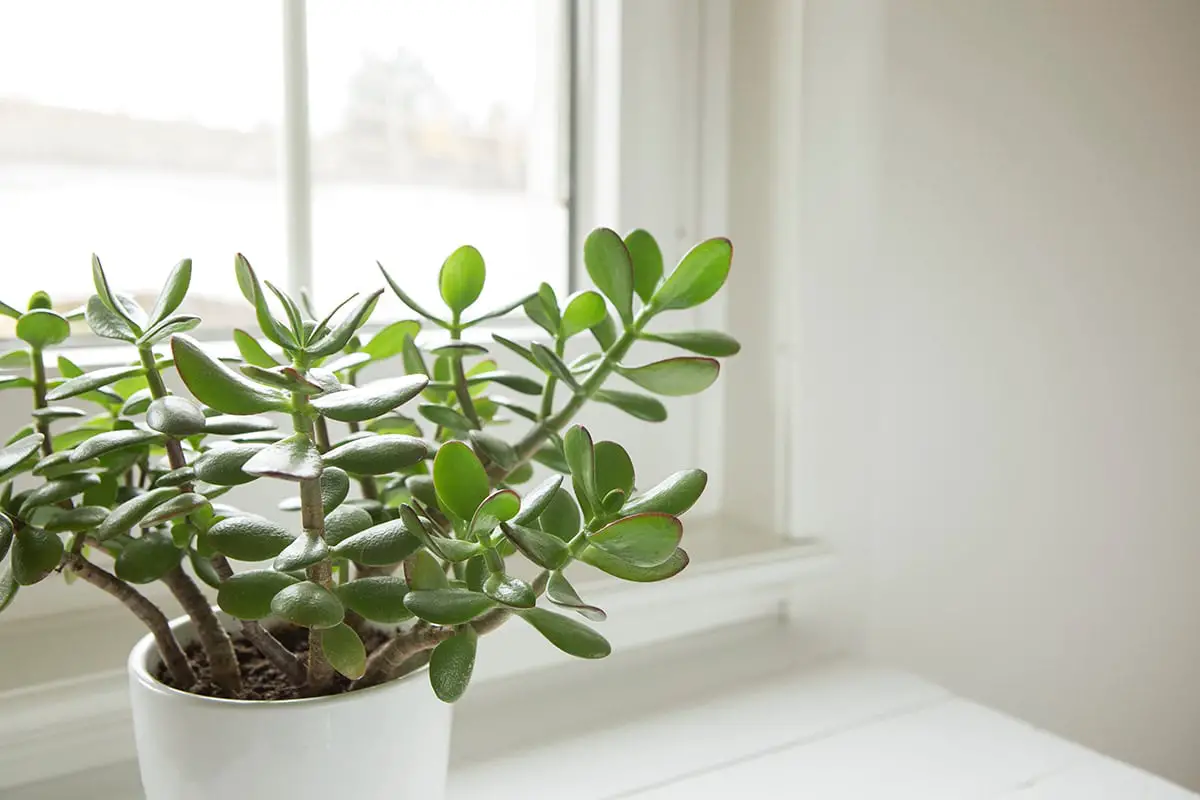
The Jade Plant, a succulent known for its prosperity symbolism, is native to South Africa and Mozambique. People often refer to it as a money plant or friendship plant. Its thick, oval leaves resemble coins, reinforcing its association with wealth. In some cultures, you may find the Jade Plant as a gift symbolizing good luck.
Your Jade Plant thrives indoors with minimal care. It requires well-draining soil and infrequent watering. Bright, indirect sunlight helps the plant grow strong. However, you should protect it from intense direct sun.
You can propagate new Jade Plants from cuttings, sharing the symbol of prosperity with friends. The plant blooms under the right conditions, producing small, starry flowers. Proper care can lead a Jade Plant to live for many decades. With ongoing attention, your plant may become a small, tree-like presence in your space.
Recognized as a hardy houseplant, the Jade Plant requires little fertilizer. During spring and summer, a balanced houseplant fertilizer a few times will suffice.
Pothos
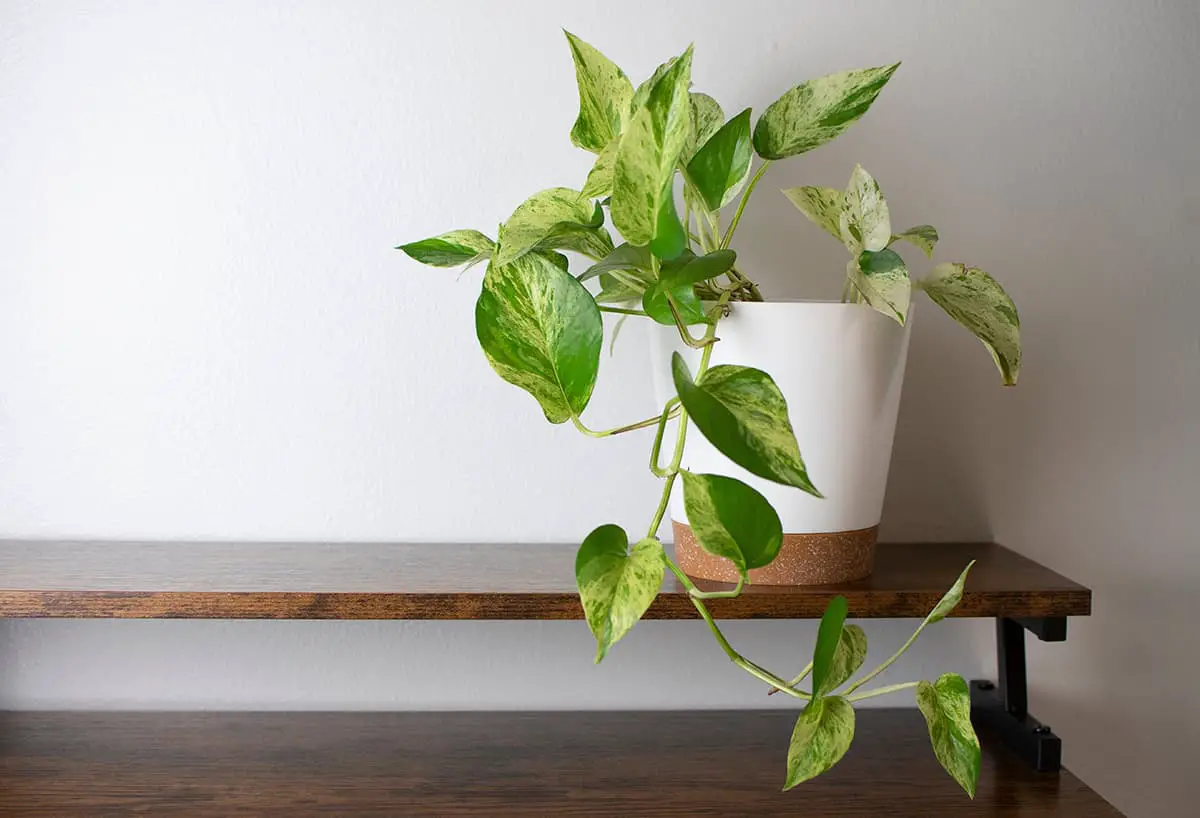
Pothos plants symbolize perseverance and tenacity. You can admire their lush green leaves and trailing vines. Often, they bring a sense of growth and abundance to your home environment. It’s easy for you to care for this robust plant, making it ideal for any indoor gardener.
Pothos vines can adapt and flourish even in less-than-ideal conditions. Your ability to train the vines makes them versatile in your living space. You can let them hang or guide them along a structure.
Your pothos come in different leaf patterns and colors. Each variety, such as Golden Pothos, brings its unique symbolism of wealth and revitalization.
Cultural Symbolism: In some cultures, pothos signifies hope due to its evergreen nature. You’ll find it purifying the air, bringing positive energy and renewal to your surroundings.
Philodendron
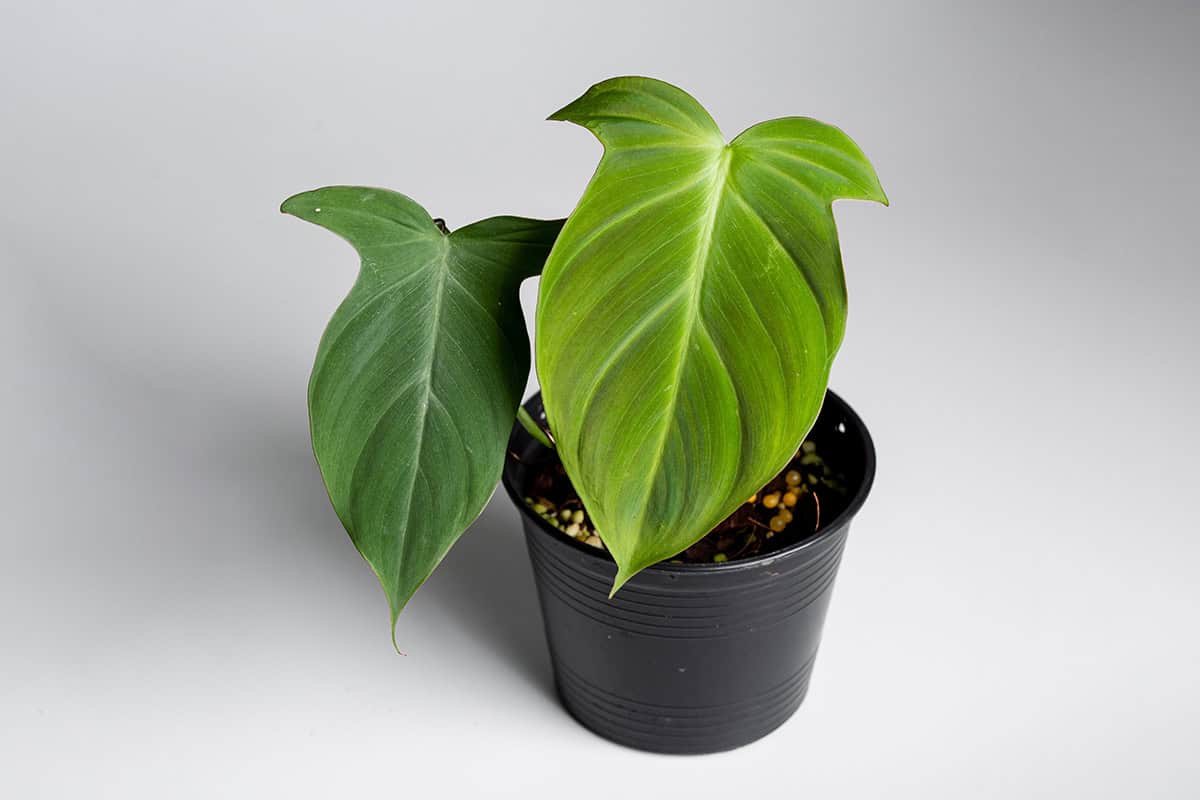
The Philodendron is a common houseplant often associated with health and abundance. This tropical plant is adapted to the warm, humid environment of the rainforest understory. It thrives indoors with minimal care. Philodendrons are said to symbolize growth and positivity, due to their lush foliage and climbing nature.
Numerous varieties of Philodendrons exist, each with unique qualities. The heartleaf philodendron, with its simple yet elegant appearance, is particularly popular. The lush, green foliage of the plant seamlessly fits into various decor styles, reinforcing its connection to versatility and adaptation.
Keep your Philodendron in moderate lighting conditions. Ensure the soil remains moist but not waterlogged. Temperatures between 65 to 75 degrees Fahrenheit are ideal. Protect them from cold drafts and intense direct sunlight. These steps will promote steady and healthy growth.
Symbolism: In your home, the Philodendron can bring a sense of life and energy. Its heart-shaped leaves are interpreted as a sign of love and affection. As the plant grows and climbs, it reflects your personal journey of growth and the pursuit of ambitions. It’s believed to purify the air, which links to its symbolism of renewing energy.
Bamboo

Bamboo signifies resilience and longevity in your home. This plant thrives under a variety of conditions that other houseplants cannot bear. In symbolism, bamboo represents growth and adaptability due to its fast-growing nature.
The Bamboo Palm, Chamaedorea elegans, thrives in indoor conditions. Its leaves have a graceful, drooping form reminiscent of peace and tranquility. Similarly, the Chamaedorea seifrizii is valued for its delicate, lacy fronds and suitability for low-light areas.
Cultural Significance
In Asian cultures, you often see bamboo associated with strength. A bamboo’s sturdy stem reflects stability. This plant’s ability to bend without breaking is a metaphor for flexibility in life.
Your space gains a lush, tropical feel with bamboo. Its elegance turns any room into a serene sanctuary. The green hue of the leaves often symbolizes nature and renewal.
Separate from true bamboo, the Lucky Bamboo, or Dracaena sanderiana, carries meanings of happiness and prosperity. It’s an easy-care plant, making it perfect for bringing positive energy to your space effortlessly.
Orchid
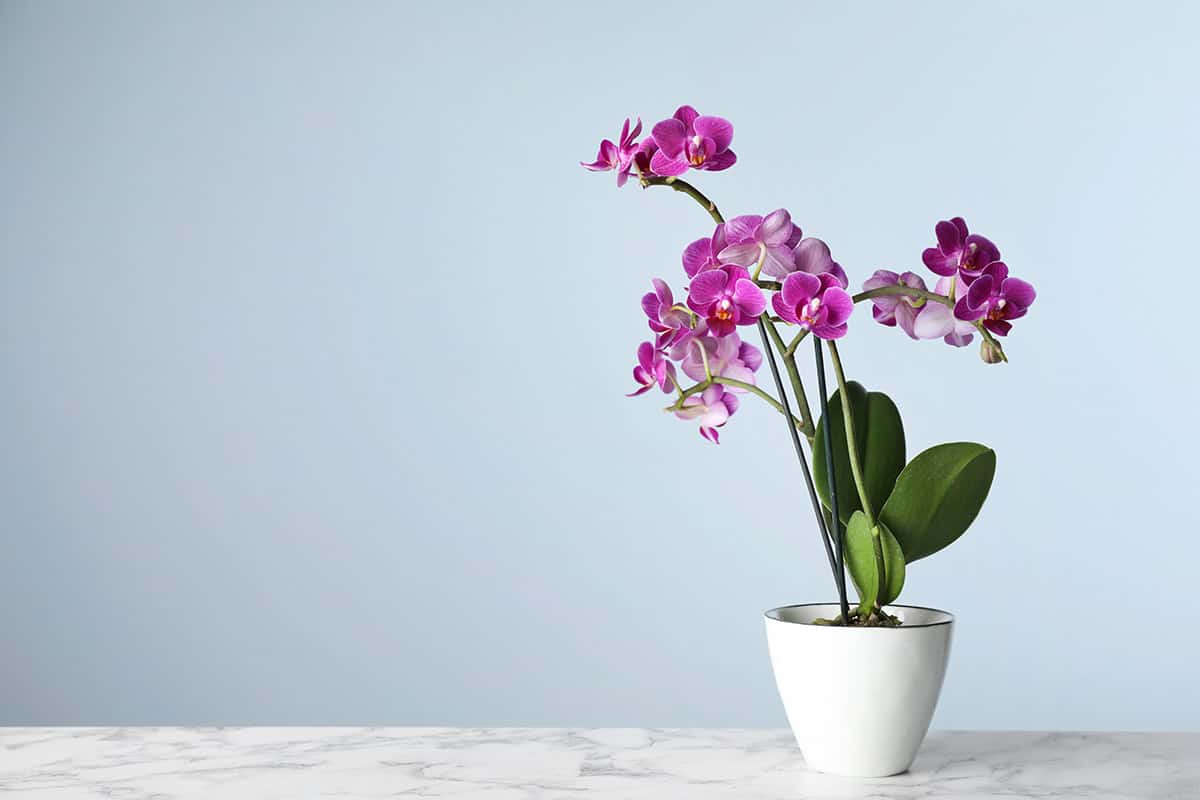
Orchids represent luxury and beauty. You often find them in homes for their elegant flowers. Phalaenopsis orchids, commonly seen in east or west windows, thrive in conditions that mimic their natural tropical forest habitat. This type of orchid, also known as the “moth orchid,” enjoys low light and warm temperatures.
Growing orchids means paying attention to their unique needs. Terrestrial orchids prefer a moist mix of bark and soil. Epiphytic ones, however, do well in either pots with bark or mounted on tree ferns. Remember, they should never sit in water for long.
The Lady’s Slipper Orchid, also referred to as the “moccasin flower,” has a rich history. It’s been treated as a symbol of isolation and pride. Your treatment of these plants needs to reflect an understanding of their origins and cultural significance.
Fiddle Leaf Fig
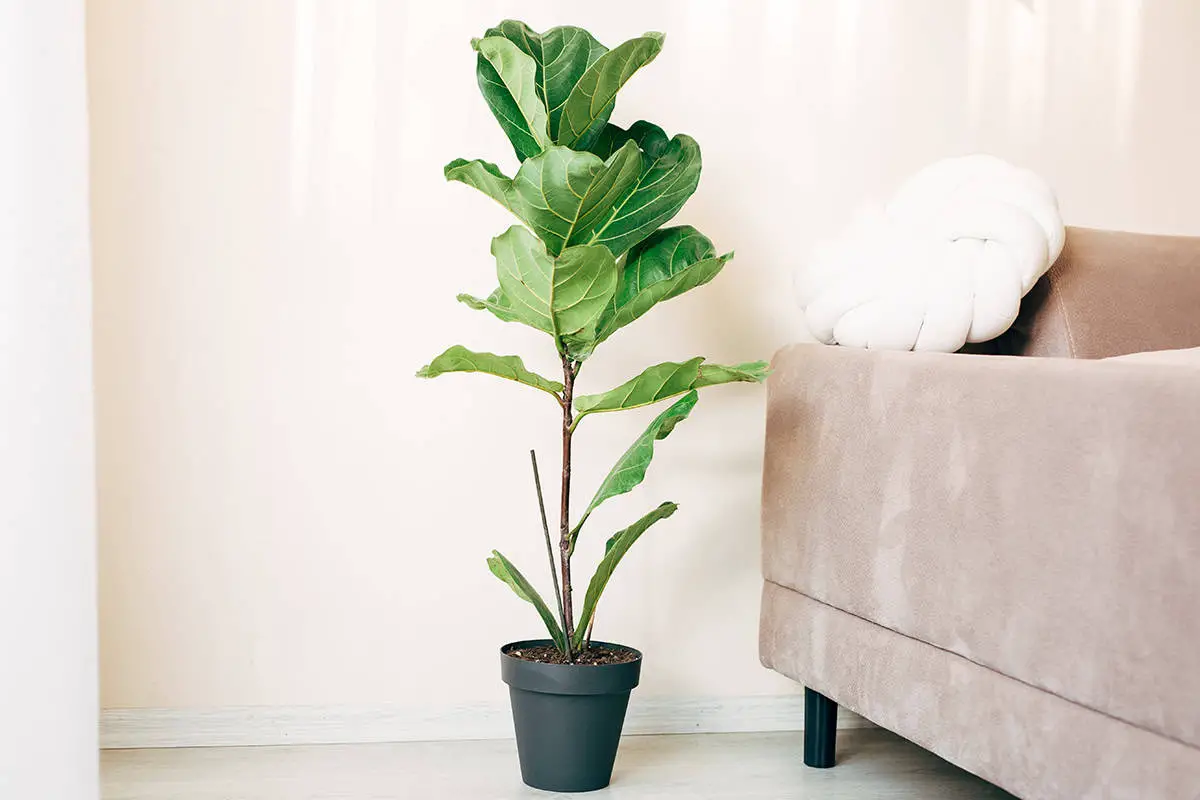
The Fiddle Leaf Fig is known for its bold, sculptural shape. It is favored for its unique appearance and brings a touch of lushness to your indoor spaces.
Its characteristic feature is the large, green, and violin-shaped leaves. In natural conditions, the Fiddle Leaf Fig can grow very tall. When kept indoors, it is typically smaller. This plant may enhance your room with its vibrant green color.
Caring for your Fiddle Leaf Fig requires attention to watering and light. You should place it in a bright room but out of direct sunlight. Water only when the top inch of soil is dry. Overwatering can lead to common problems like root rot.
Many believe the Fiddle Leaf Fig symbolizes growth and creativity due to its imposing, upright shape. It can inspire you to reach greater heights in your endeavors. Its presence in the home is also thought to add to a nourishing and enriching atmosphere.
Lavender
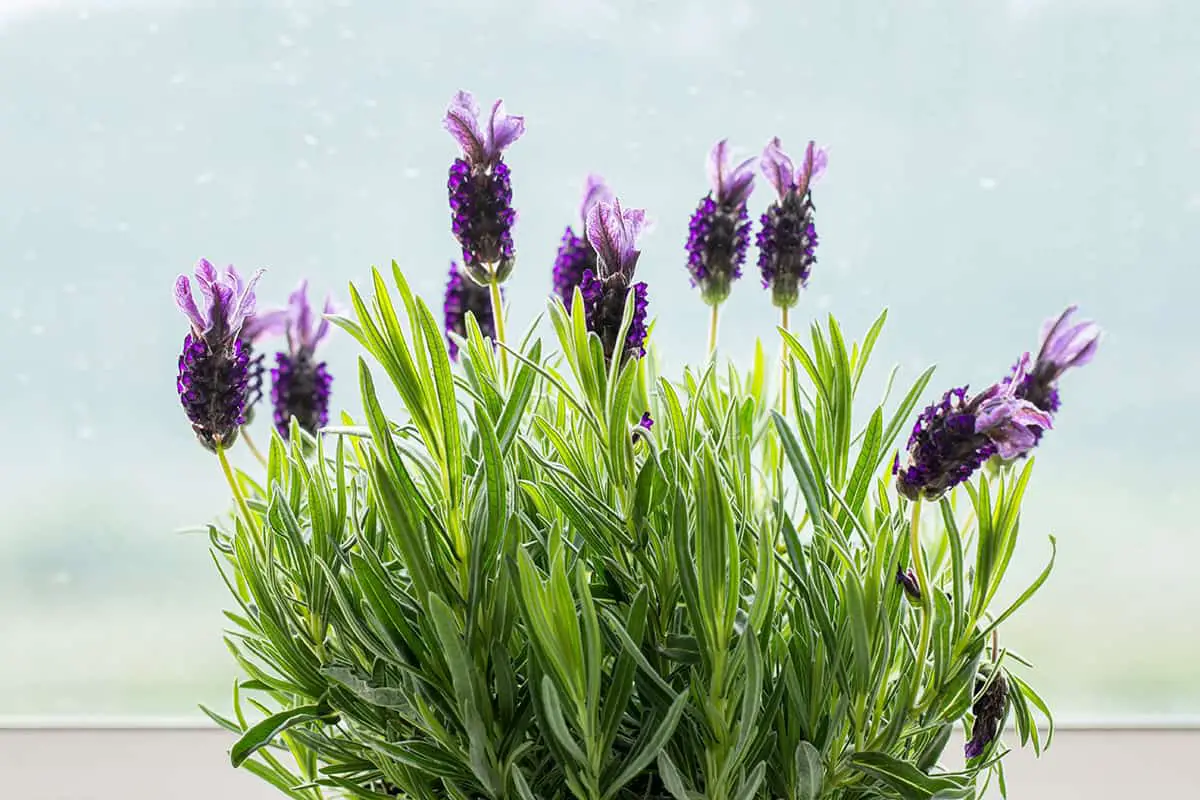
Lavender symbolizes purity, silence, and calmness. You may find it intriguing that this plant also stands for devotion. Known for its soothing fragrance, lavender often represents serenity in your home. When you place a lavender plant in your space, it’s said to bring a sense of peace.
The delicate purple flowers are ornamental, enhancing any room with a touch of elegance.
In addition to its beauty, lavender has a rich history in herbal medicine. It is believed to have antimicrobial properties, often associated with cleansing both the body and the environment.
By embracing lavender in your home, you nurture a connection to its timeless symbolism and natural benefits. Whether tucked into a sunny corner or highlighted as a centerpiece, lavender remains a plant with a message of tranquility.
Boston Fern

The Boston Fern is a popular houseplant. You may choose it for its lush greenery. Its scientific name is Nephrolepis exaltata, and people often associate it with health and prosperity.
Caring for your Boston Fern requires attention. It thrives in bright, indirect light and consistent moisture. Your plant prefers high humidity. You can achieve this by placing it in a bathroom or by using a tray of wet pebbles.
Beyond care, the Boston Fern symbolizes sincerity and is also linked to positive energy. Keep this fern in your home for a touch of nature. It can also serve as a natural air purifier.
Rubber Plant
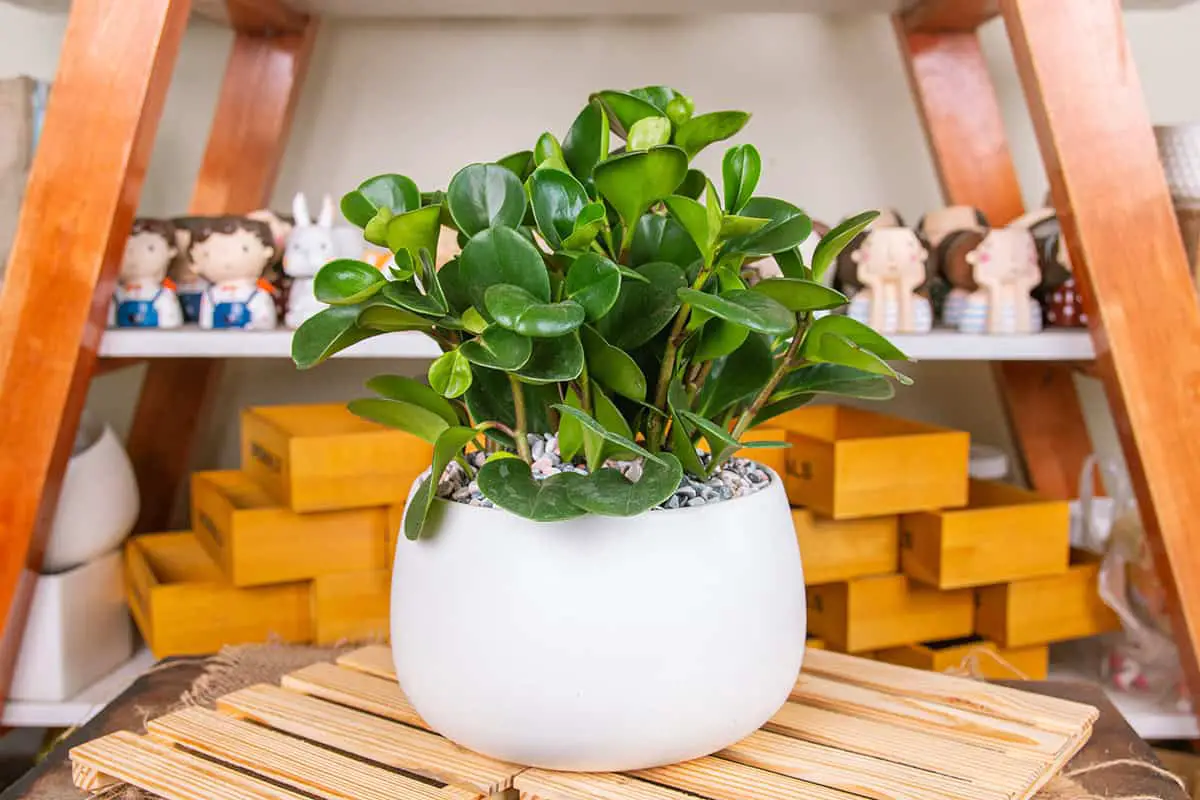
A Rubber Plant, in the context of houseplants, symbolizes growth and adaptability. When you bring this plant home, you are welcoming an essence of resilience. The scientific name is Ficus elastica, and it stands as a bold statement.
In its native environment, your Rubber Plant can thrive and reach impressive heights. In contrast, indoors, they adjust to smaller spaces. They typically grow to a manageable 2 to 10 feet tall, meaning you can accommodate them in various rooms without much trouble. Their care routines are straightforward, as they prefer a well-lit spot and regular watering without excess.
The lush, leathery leaves of the Rubber Plant present a vibrant green that can include a variety of colors. Some variants even showcase beautiful splotches of cream, pink, or maroon. This diversity in foliage makes the Rubber Plant a versatile choice for different decor styles.
Symbolically, their broad leaves are thought to capture negative energy, promoting cleaner air and positive vibes.
English Ivy

English ivy symbolizes fidelity and eternal life. This plant often adorns the walls of buildings. Its evergreen leaves represent longevity. When you see English ivy, it might also suggest affection.
People use this vine in various decor. It brings a touch of nature indoors. If you gift English ivy, you’re wishing someone a long life. Its ability to cling and grow signifies a strong bond.
Care for English ivy by keeping it in moderate light. Allow the soil to dry out between watering. This plant can also clean indoor air, making it a practical choice for your home.
ZZ Plant
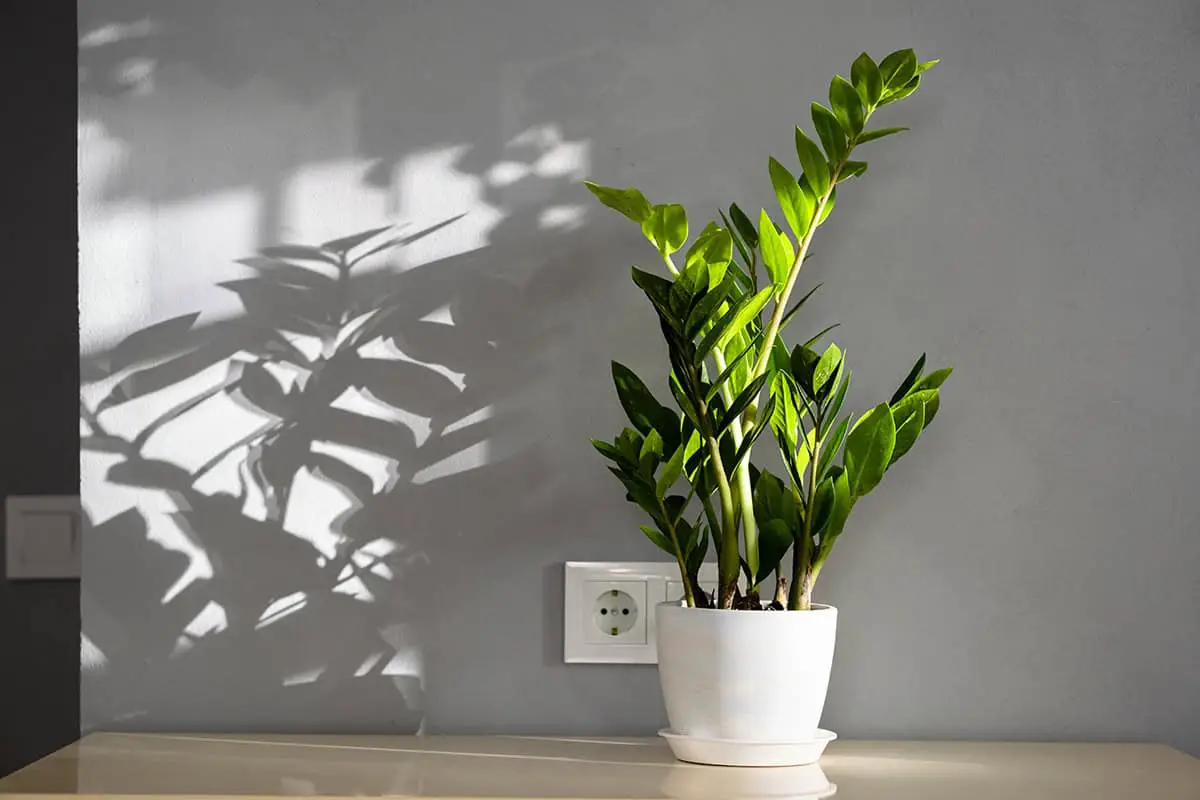
The ZZ Plant, or Zamioculcas zamiifolia, carries a deep symbolism. It signifies growth and abundance. In your home, this plant brings a sense of prosperity. Many view it as a talisman for good fortune. With its waxy, green leaves, the ZZ Plant adds a touch of nature’s resilience.
Caring for the ZZ Plant is simple. It requires minimal water and thrives in low-light conditions. This makes it ideal for office spaces or dim corners. Its durability reflects the plant’s association with endurance and persistence.
In feng shui, placing the ZZ Plant in your wealth corner could enhance financial stability. Its association with positive energy supports this belief. However, note that the ZZ Plant has medium toxicity to cats and dogs. You must keep it out of reach from your pets.
